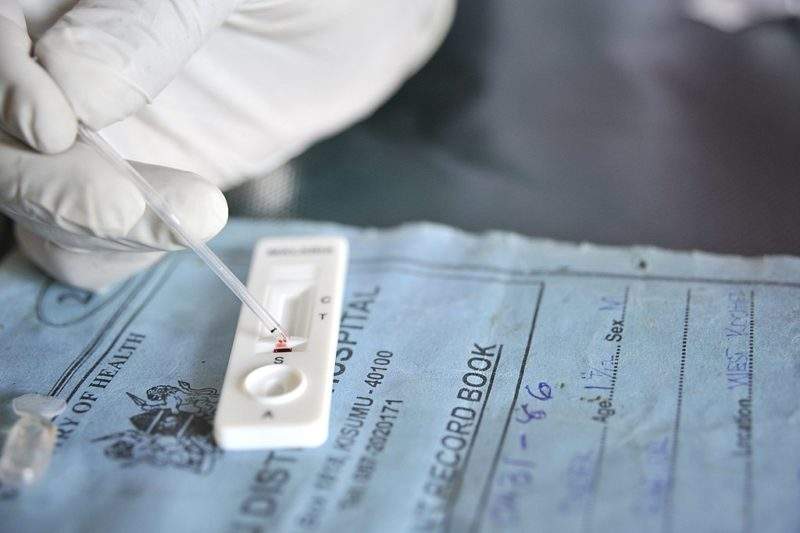The World Health Organization (WHO) recently published its first Model List of Essential In Vitro Diagnostics (EDL), which outlines a group of recommended in vitro diagnostics (IVDs) to Member States for use at various levels of a tiered national health care system.
The EDL’s purpose is to advance universal health coverage, address health emergencies, promote healthier populations, and complement the WHO Model List of Essential Medicines (EML) to enhance treatment.
Diagnostics suggested in the EDL include IVDs for primary care settings that can serve as the basis for screening and case management at entry-level healthcare facilities. The availability of diagnostics also addresses a public health approach that provides information and access to affordable, quality-assured IVDs that target high burden communicable and noncommunicable diseases. IVDs for priority diseases were also included in the EDL, including HIV, tuberculosis, malaria, hepatitis B and C (HBV/HCV), HPV, and syphilis infections.
The list of IVDs is segmented into two tiers: Tier I for primary health care and Tier II for health care facilities with clinical laboratories. The list contains over 50 tests for the detection and diagnosis of common conditions and over 50 tests for the detection, diagnosis, and monitoring of priority diseases.
Globally, underdiagnosis of various disease states is a persistent public health problem. A recent GlobalData Expert Insight discussing undiagnosed osteoporosis highlighted that in 2017, more than 50% of the 45 million cases of osteoporosis in the seven major markets (US, France, German, Italy, Spain, UK, and Japan) were undiagnosed. Being able to diagnose osteoporosis, or any disease, at an early stage can allow for appropriate treatment and prevent serious health outcomes associated with the disease.
Receiving a correct diagnosis can also promote the use of an appropriate effective treatment, potentially reduce the risk of developing other serious health complications, and reduce costs such as unnecessary treatments. Reducing unnecessary treatments also includes the reduction of the misuse of antibiotics and growing antibiotic resistance, a growing global threat. The WHO plans to expand the list of diagnostics to include other areas such as antimicrobial resistance, emerging pathogens, neglected tropical diseases, and other noncommunicable diseases.
How well do you really know your competitors?
Access the most comprehensive Company Profiles on the market, powered by GlobalData. Save hours of research. Gain competitive edge.

Thank you!
Your download email will arrive shortly
Not ready to buy yet? Download a free sample
We are confident about the unique quality of our Company Profiles. However, we want you to make the most beneficial decision for your business, so we offer a free sample that you can download by submitting the below form
By GlobalDataRelated Reports
- GlobalData (2018). Expert Insight: A Growing Antibiotic-Resistant Threat in the US, April 2018, GDHC1702EI
- GlobalData (2018). Expert Insight: More Than Half of Osteoporosis Cases Go Undiagnosed, May 2018, GDHC1767EI
- GlobalData (2018). Expert Insight: Undiagnosed Viral Infections Remain a Major Challenge in Sepsis Care, July 2017, GDHC1318EI
For more insight and data, visit the GlobalData Report Store – Medical Device Network is part of GlobalData Plc.









Related Company Profiles
EDL Inc.